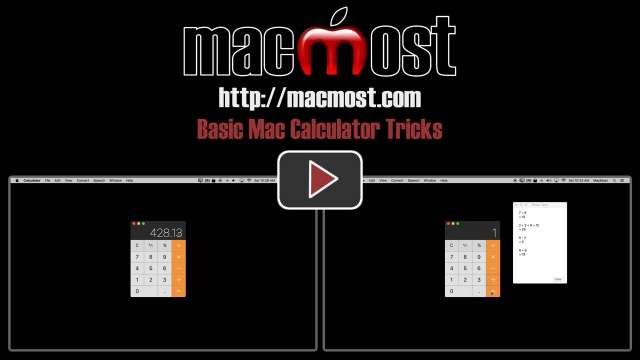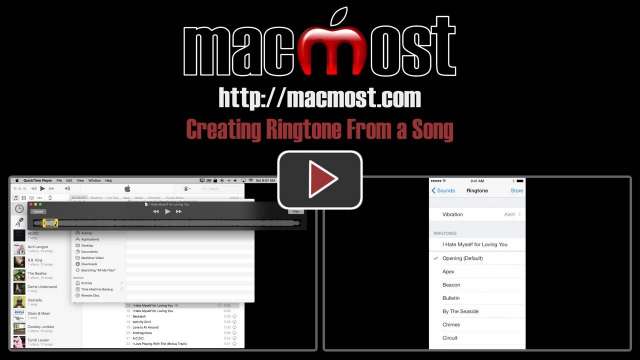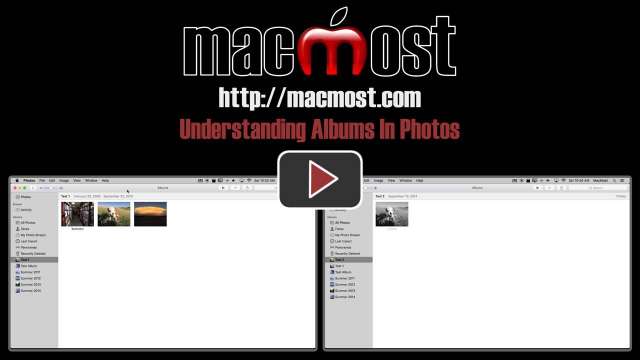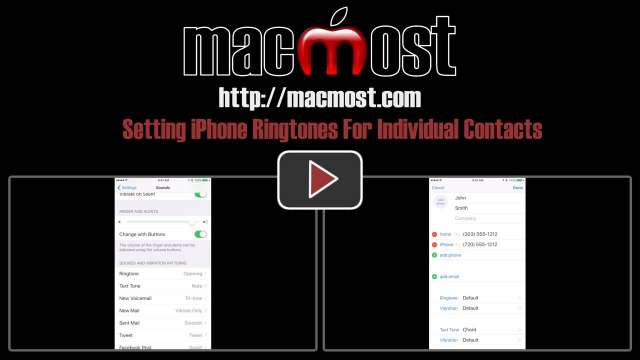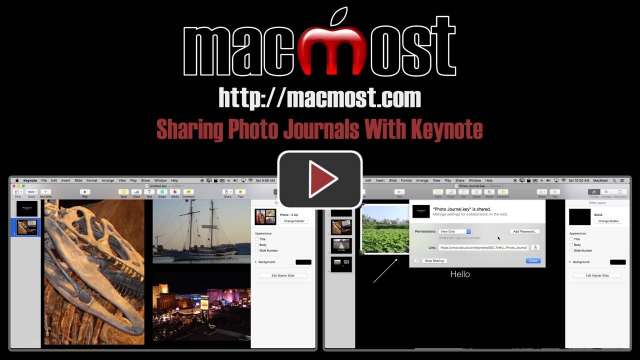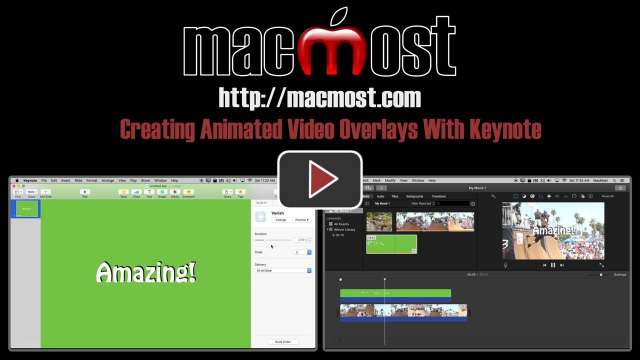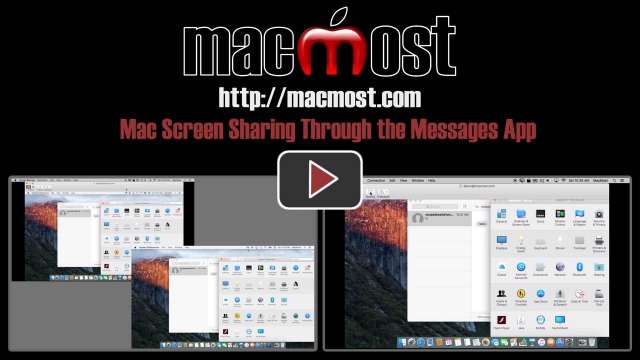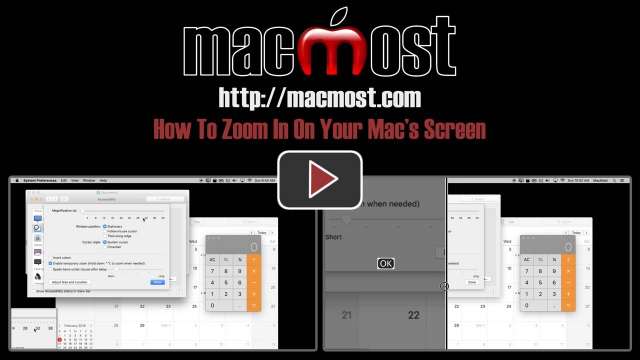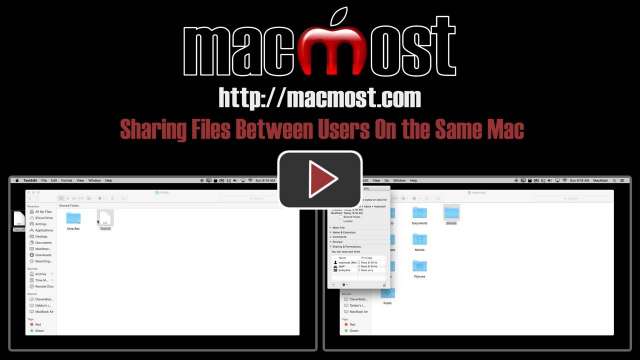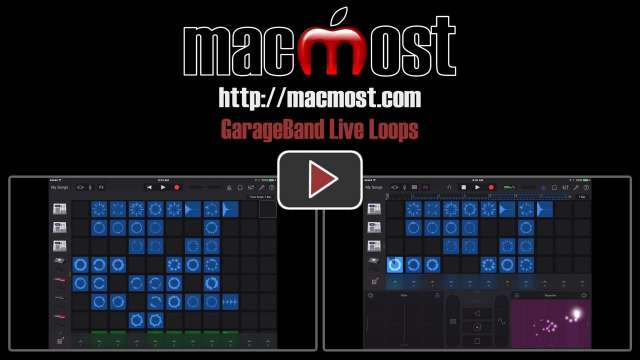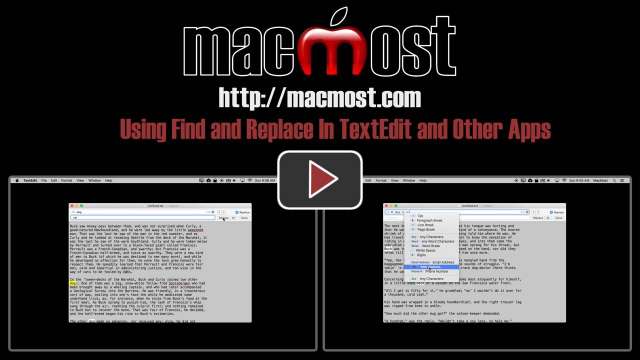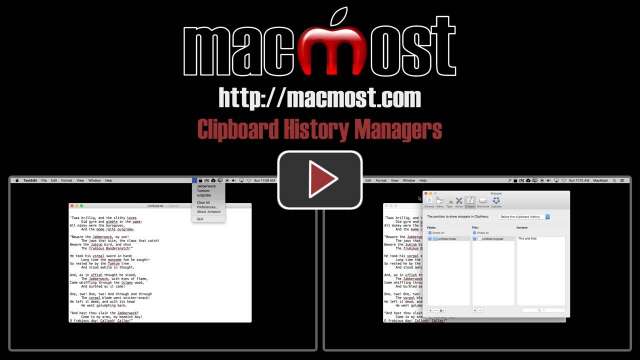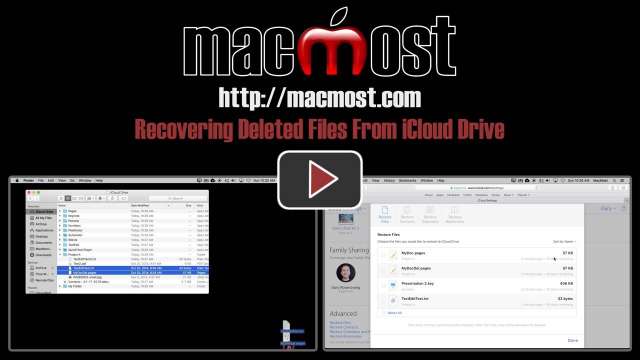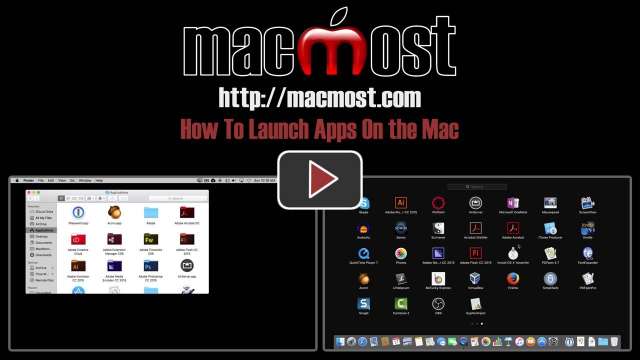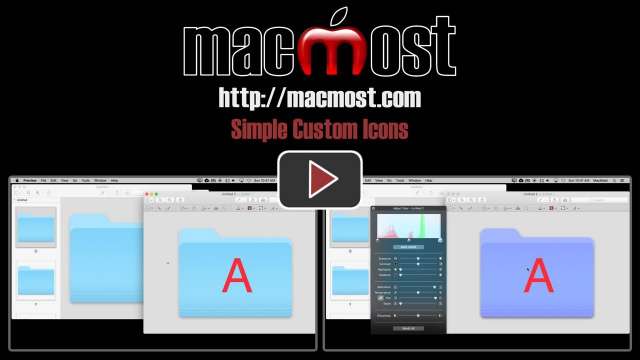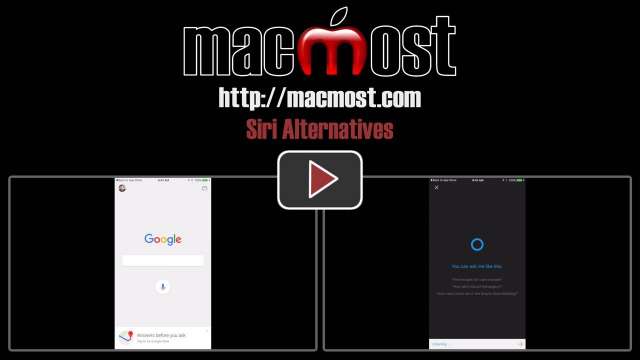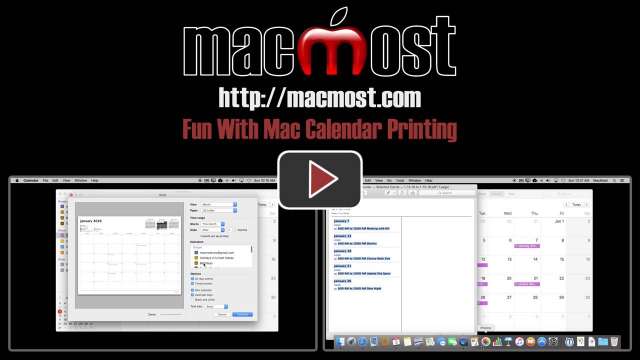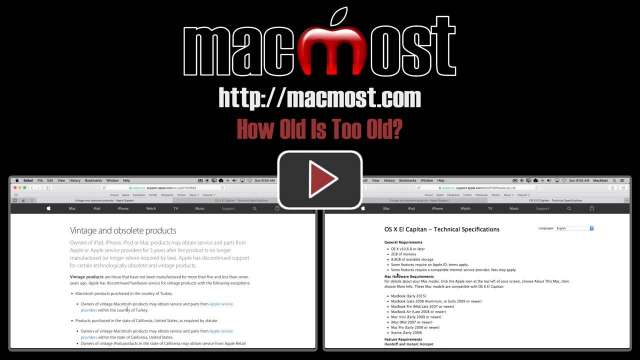3/9/16
Besides the alternate calculator types or conversion functions in the Mac calculator app there are some advanced features that you may not know about. You can use copy and paste, the delete key, set a number of decimal places, and have your Mac speak the results. The most useful feature is the paper tape window where you can record your calculations.
3/7/16
You can create a ringtone for your iPhone or iPad from a song you own using iTunes and QuickTime Player. This works for iTunes purchases as well as songs obtained in other ways, but not for Apple Music songs. You can trim the song to a section you want to use as a ringtone and then use iTunes to transfer it to your iOS device.
3/2/16
The Photos app uses the term Albums to refer to a grouping of photos that you create. But unlike physical photo albums, you do not create a copy of the photo each time you add it to an album. Only one copy of the photo exists in your library, even through you can place it in as many albums as you like.
2/29/16
You can set default ringtones and text tones on your iPhone. But you can also set each contact to use a specific ringtone or text tone so that you can identify the caller or message sender without looking at your phone.
2/24/16
If you are building a spreadsheet in Numbers it can be useful to have sample data to help construct your tables and get things right before you have real data to enter. You can use the RANDBETWEEN function to create random numbers. Then if you copy and paste correctly you can turn those formulas into static numbers that won't change.
2/22/16
You can use Keynote on your Mac to create photo journals by creatively arranging your photos on slides, then adding text and other design elements. You can then share these as view-only slideshows with iCloud.com. Other people can view these even if they do not use Macs or iCloud.
2/17/16
You can use Keynote's animations and special effects in your video projects. Just create the animation in Keynote over a green background. Then export as video and import into iMovie. Use the green screen overlay function in iMovie to place the animation over your other video.
2/15/16
You can help out a friend by showing them something on their Mac by taking over their screen. There are many ways to start screen sharing between Macs, but the easiest is probably by using Messages. You can request to take over their screen during a chat. You can simply point things out to them, or you can actually take control over their cursor and text input.
2/10/16
Using a trick hidden in the Accessibility features of your Mac you can zoom in to a portion of your Mac's screen. With El Capitan you can use this zoom feature as a magnifying glass, allowing you to see the screen normally while also seeing a zoomed view in a corner. This can be useful for artists or anyone who needs to focus on a portion of their screen. But it isn't useful for revealing more detail in an image.
2/8/16
If you share a Mac between multiple people, each with their own user account, then you can easily share files between these accounts using the Public folder. In addition, you can create special shared folders where you can collaborate more directly with files as long you set the permissions correctly.
2/3/16
Live Loops is a new feature of GarageBand for iOS that makes it easy and fun to create music. You can use one of the provided set of loops, or full in cells in a grid with recordings or loops to create your own. Then you can play Live Loops in real time and record. When you are done, you can go into the normal GarageBand interface to add more or fine tune.
2/1/16
Find and replace is useful tool for writers, editors and anyone who works with large word processing documents. You can use a variety of special find features in TextEdit to refine your searches. If you know the right techniques, you can swap words and search for patterns. In Pages searching isn't as powerful, but Microsoft Word has even more advanced features.
1/27/16
Perhaps one of the most useful things you can add to your app is a clipboard history manager. Take a look at two free apps that allow you to recall multiple clipboard items, not just the current text in the clipboard buffer. Any Mac user should find Jumpcut or ClipMenu useful additions to their computer.
1/25/16
Apple released a new free app for iPhone and iPad this week that allows music creators to easily capture new ideas. You can sign or play an instrument and record it. You can add backing bass and drums and play around with the song. You can then export to Garageband or upload to a number of different places.
1/20/16
Deleting a file from iCloud Drive means that it is deleted across all of your devices. A copy will remain in the trash of the Mac you are using. But even if you empty the trash there is a way to recover the files using iCloud.com.
1/18/16
If an app isn't in your Dock, you can easily find it and launch it one of several common ways. You can look for it in the Applications folder, use LaunchPad or search with Spotlight. If you use an app often, add it to the Dock to easier access.
1/13/16
Learn how to create custom icons using on the Finder and Preview. You can make a folder or file stand out in a few simple steps with a custom icon.
1/11/16
Both Google and Microsoft offer voice assistant apps that you can download for your iPhone or iPad for free. Google's app offers some advantages over Siri, but neither app can match Siri because of Siri's connection to your built-in iPhone apps.
1/6/16
The Print function in the El Capital Mac Calendar app offers a ton of options. Some options provide nice printed versions of your calendars or event lists. But you can also print to a PDF and use the text in those PDFs to do things like get a list of your upcoming events.
1/4/16
Is it time for a new Mac, iPhone or iPad? The answer depends on what you use your device for and your budget. But Apple does give us some clues as to which devices it thinks are too old on a few web pages. Ultimately, you've got to decide when to get a new Mac. How old do you think is too old?

